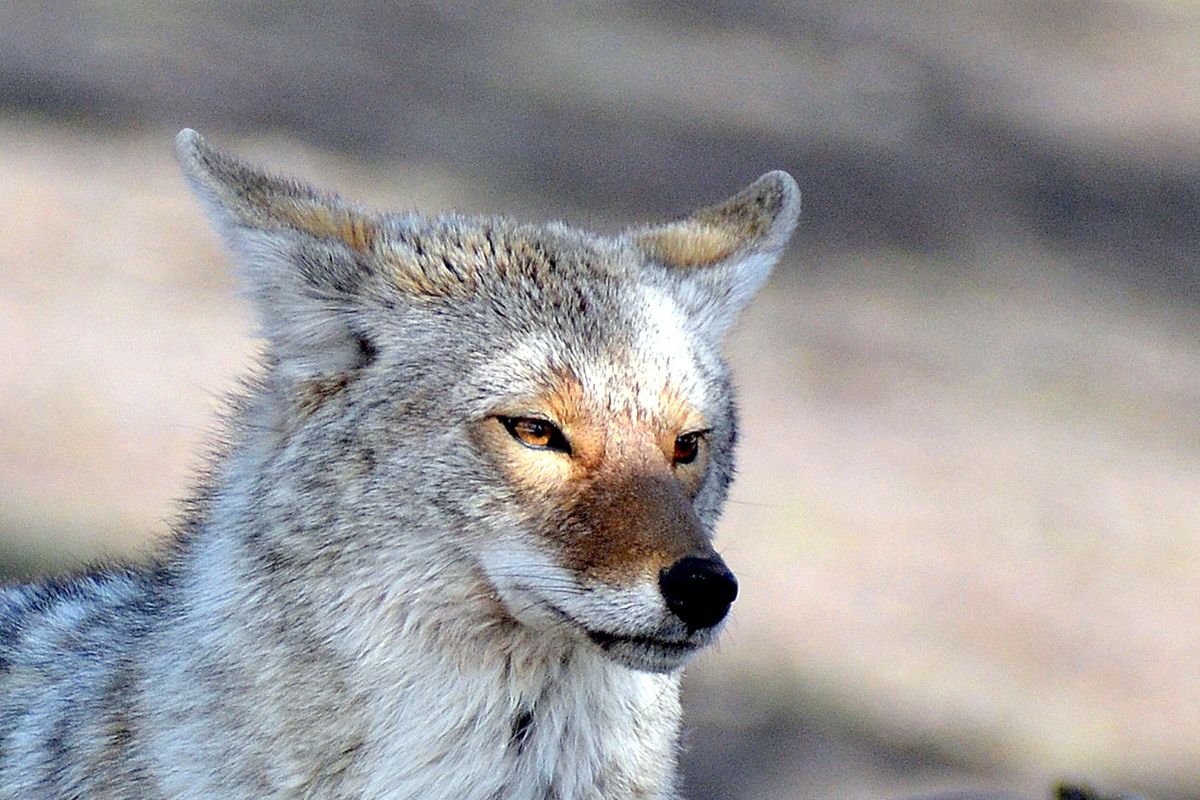Utah’s $50 bounty on coyotes may be boosting mule deer

HUNTING -- Although credible evidence has suggested that wholesale killing of coyotes ultimately stimulates coyotes to produce more pups, Utah officials say a $50 bounty on the predators is contributing at least somewhat to the state's recovery of mule deer.
However, wildlife managers say habitat restoration has been the key, noting that the state has spent more than $125 million in the effort over the past eight years.
- See the latest report from Brett Prettyman of the Salt Lake Tribune.
The Utah legislature allotted $500,000 to the Targeted Predator Control Program in 2012 as it approved the Mule Deer Preservation Act.
Based on two years of data, the state estimates that 25,054 coyotes have been killed, a 59 percent increase in the previous estimated annual harvest of 7,397 coyotes per year.
Unlike other Western states, Utah is reporting an increase in mule deer numbers in recent years. Most of the credit is being given to expansive habitat-restoration efforts. Says Prettyman:
Since 2006, the initiative has restored more than 1 million acres and spent more than $125 million. Another 197,100 acres are currently under restoration and 10,600 more acres have been proposed.
Of the total spent, federal partners provided $69.5 million for the restoration projects from a mix of sources, including tag fees. And the state chipped in $42 million. Sportsmen's groups contributed close to $6.8 million. Federal agencies provided $6 million in in-kind contributions and landowners added another $2.6 million.
Utah's $50 coyote bounty is startling to some, a fee much higher than rare bounties in other states for predators or nuisance exotics such as nutria.
But it's not the only predator bounty program in the West.
The Northern Pikeminnow Reward Program pays $4-$8 a fish from the Columbia River to help reduce the native predator's impact on smolts of endangered salmon and steelhead. Since the issue is caused primarily by the Columbia and Snake River dams, which allow the pikeminnows an unfair and unnatural advantage, the Bonneville Power Administration picks up the tab.
- The program has spent an average of bout $3 million a year for 25 years.
- Some of the most accomplished angler participants make more than $30,000 each during the six-month reward season,including the top angler who pocketed $76,478 last year.
- Anglers turned in 162,079 pikeminnows for bounties in 2013.
- Total payments for the 2013 season of regular vouchers, coupons, and tagged fish totaled $1,138,251.
Modest bounties are paid in several states for rats, nutria, porcupine, house sparrows, starlings, snakes, beaver, coyotes and other critters. Utah's $50 coyote bounty appears to be the highest, but overall it pales in payouts to the Columbia River systems pikeminnow reward program.
